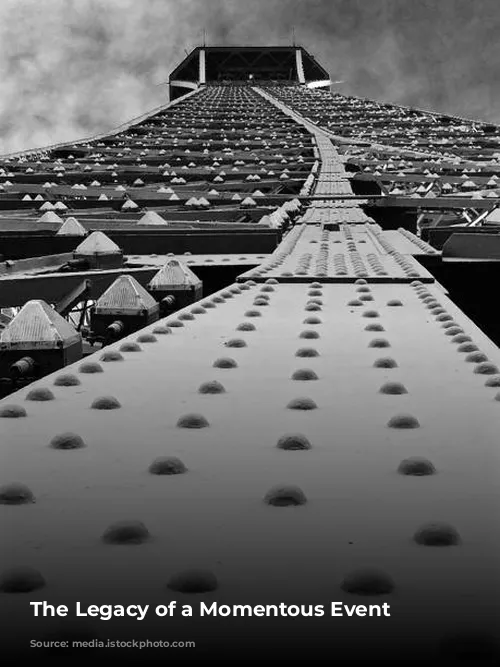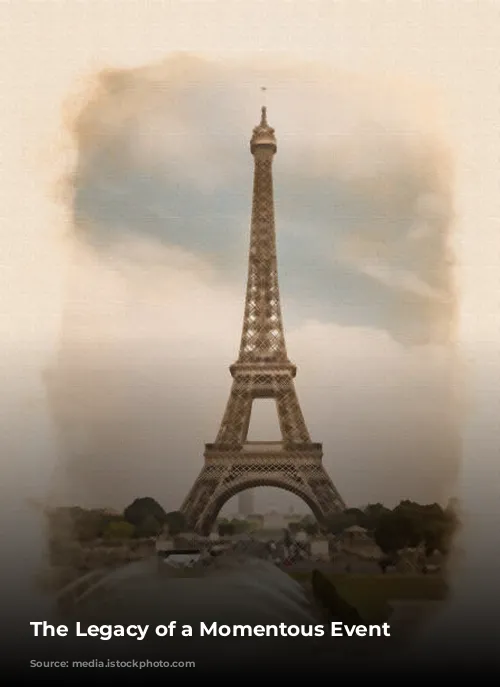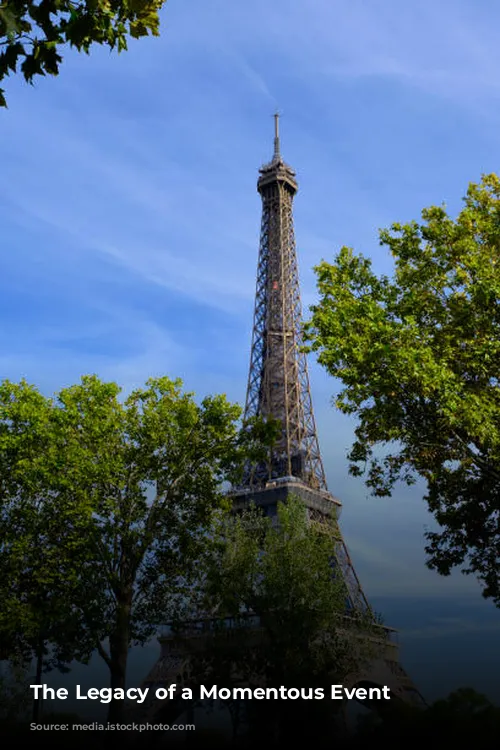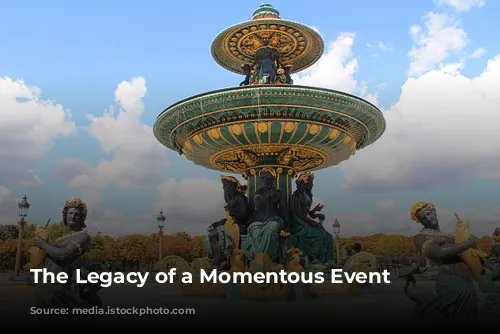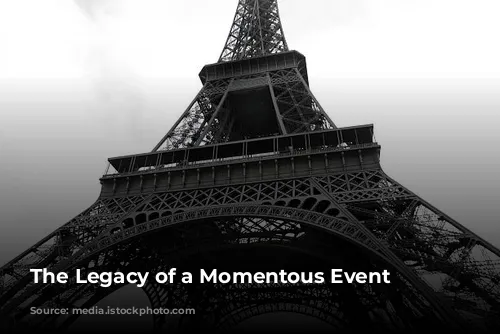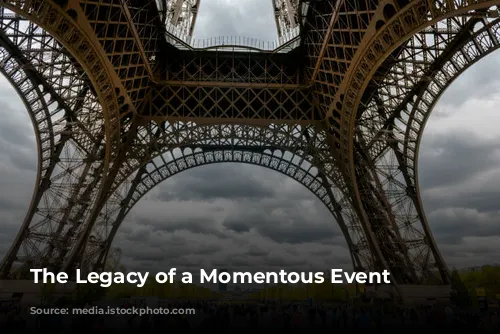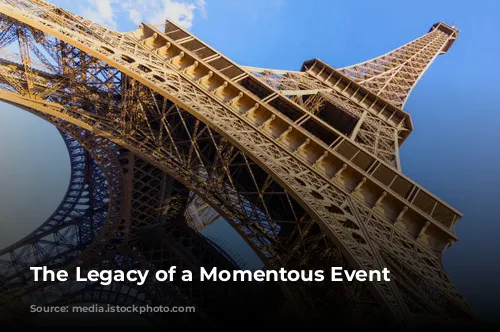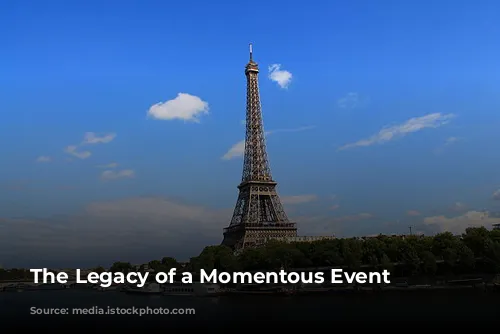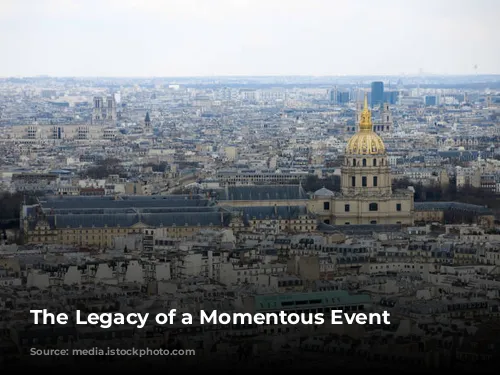The 1889 World’s Fair in Paris wasn’t the only exhibition in the City of Lights, but it left an indelible mark on the concept of these grand events. While only the Eiffel Tower still stands as a tangible reminder, the fair marked a turning point in how such events were envisioned. It wasn’t just about showcasing technological advancements; it was about celebrating national pride, industrial strength, and the exciting possibilities of the future.
This wasn’t the first time Paris played host to a world’s fair. London had stolen the show in 1851 with its pioneering exhibition housed in an awe-inspiring prefabricated structure. France, known for its competitive spirit, quickly followed suit. In 1855, a magnificent palace rose on the Champs-Élysées, showcasing the country’s prowess in architecture and engineering. Then, in 1867, a colossal oval building graced the Champ de Mars, surrounded by charming smaller pavilions. This era saw France embracing these events as opportunities to highlight its national identity and advancements.
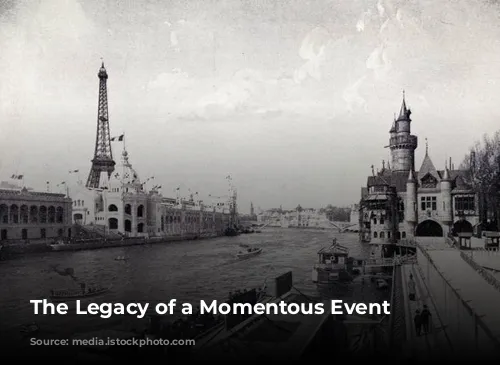
From Humble Beginnings to Grand Spectacle
The 1878 World’s Fair witnessed the construction of the Trocadero Palace, a stunning structure with grand wings encircling a concert hall. The Champ de Mars also saw the rise of meticulously designed glass galleries, creating a unique architectural landscape. However, these exhibitions were stepping stones to a grander event: the 1889 World’s Fair.
The 1889 World’s Fair was a celebration on a grand scale. It commemorated the 100th anniversary of the French Revolution and showcased the booming industrial strength of the nation under the newly formed Republic. France, now a formidable force, rivaled England’s influence on the global stage. The fair, sprawling across 125 acres, resembled its predecessor, featuring galleries on the Champ de Mars adorned with majestic domes and pavilions scattered across the gardens. Notably, the event attracted a significant American presence due to a boycott by European monarchies.
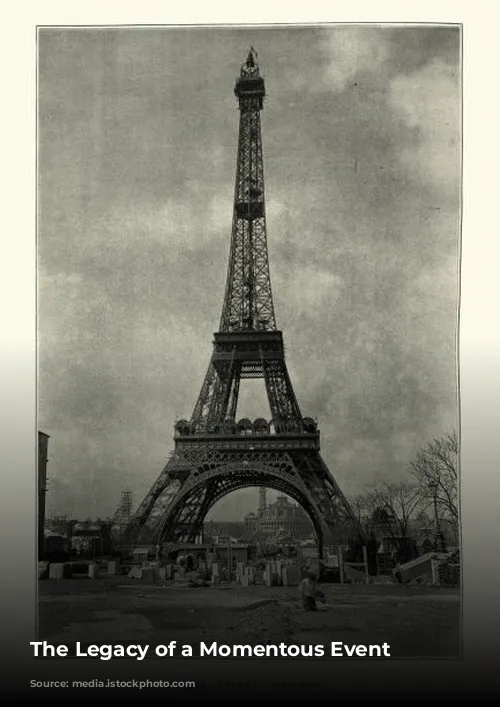
A Technological Marvel
The 1889 World’s Fair was a testament to human ingenuity and technological advancements. It boasted two remarkable structures: the Galerie des Machines, the largest building in the world at the time, and the Eiffel Tower, the tallest structure ever built. The Galerie, a masterpiece of engineering, spanned an impressive 420 by 110 meters without internal supports, showcasing the potential of metal construction. The Eiffel Tower, a symbol of Parisian ingenuity, was a testament to Gustave Eiffel’s vision. Both structures were meant to outlive the fair, but while the Galerie was sadly dismantled in 1909, the Eiffel Tower endures as a permanent reminder of this extraordinary event.
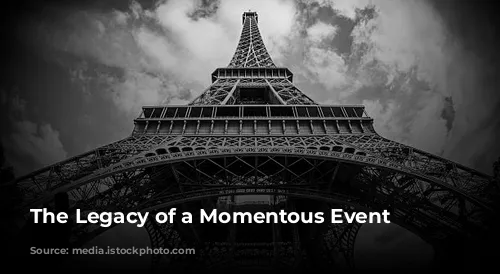
A Celebration of Innovation
The 1889 World’s Fair was a kaleidoscope of innovations and artistic creations. It drew over 32 million visitors in just six months, eager to witness the marvels of the future. The fair was a testament to the ingenuity of the human spirit, with countless exhibitors showcasing cutting-edge technologies like electricity and the telephone. The grand exhibition provided a glimpse into a future where technology would reshape society. The fair, an immersive experience, showcased the intricate beauty of metalwork, ceramics, terracotta, and stained glass. The fair’s lasting legacy lies in its ability to inspire and ignite a passion for innovation.
